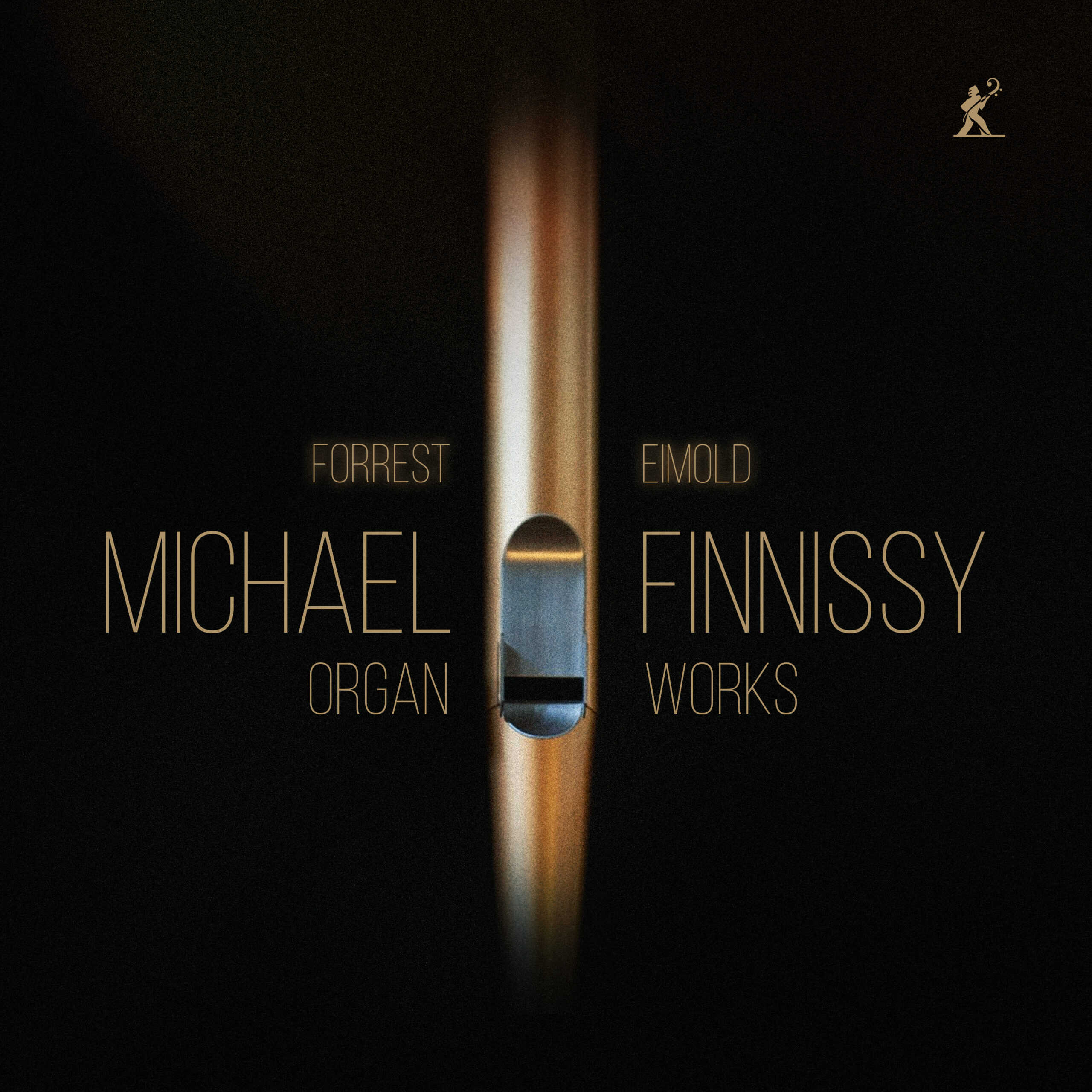Gramophone
If not exactly a ‘best kept secret’, the music of Michael Finnissy remains largely the preserve of an informed minority, and if his 80th birthday next March seems unlikely to afford it wider acceptance, these sets of piano and organ music should not do otherwise than bolster its cause.
The piano box is dominated by Verdi Transcriptions, whose four books came together over 33 years. On one level these could be heard as cannily assembled medleys of numbers across the spectrum of Verdi’s operas (along with his Requiem and String Quartet), yet it is the ease with which they interact that makes each of them an act in itself and the overall sequence akin to a four-act opera. No less notable in this sense is a cumulative intensity that underpins the three-hour entity, climaxing in the extensive take on a fifth-act aria from Don Carlo and concluding with one on ‘Requiem aeternam’. Such virtuosity, moreover, further accentuates the inherent humanity of Verdi’s music – something Finnissy no doubt absorbed from Lisztian precedent, but rendered in ways that could only have come about in the latter stages of the 20th century.
Not that the other cycles here are necessarily lesser works in his output. In particular, English Country-Tunes remains a statement of intent no less unequivocal than when Finnissy himself recorded it (Etcetera, 12/90) during the heyday of the New Complexity movement. Although he has always rejected that term, the sheer violence with which the material is put through its paces does make for a test of endurance, albeit an exhilarating one. By contrast, the relatively brief sequences after Brahms, Schumann and Strauss (Johann II) are pointed reminders that, to whatever extent he may have transformed his sources, Finnissy has always done so from a vantage of recognising then respecting their integrity of content. Nothing here is accidental or arbitrary, but reconfigured in terms of the expressive potential which it is capable of yielding.
The organ box is important for its making available a lesser-known but equally vital aspect of Finnissy’s output. It is dominated by four symphonies that emerged in the first decade of this century, with the third having its antecedents going back several decades. This is the only one in distinct movements; unfolding continuously from between 18 to 30 minutes, the other three are progressively more intricate, with the Fourth Symphony attaining a complexity comparable to, while very different in idiom from, that of Sorabji’s works in the genre – though Finnissy’s relative concision is assuredly its own justification. The shorter pieces here are an additional enhancement – not least the recent Blackburn which, as the evocation of a time and a culture long gone, ranks among the most affecting organ music to have emerged so far this century.
Throughout both these sets, Ian Pace and Forrest Eimold are never other than authoritative in terms of their technical acuity or their interpretative insight. Superbly recorded and copiously annotated, they warrant urgent investigation from Finnissy aficionados and newcomers alike.
@divineartrecordingsgroup
A First Inversion Company
Registered Office:
176-178 Pontefract Road, Cudworth, Barnsley S72 8BE
+44 1226 596703
Fort Worth, TX 76110
+1.682.233.4978







![Listen to the full suite of Marcel Dupré’s Variations Sur un Noël, Op. 20 from Alexander Ffinch’s #Expectations release today! listn.fm/expectations [in bio]](https://scontent-dfw5-1.cdninstagram.com/v/t51.71878-15/588904367_2327488161082898_8709236950834211856_n.jpg?stp=dst-jpg_e35_tt6&_nc_cat=105&ccb=7-5&_nc_sid=18de74&efg=eyJlZmdfdGFnIjoiQ0xJUFMuYmVzdF9pbWFnZV91cmxnZW4uQzMifQ%3D%3D&_nc_ohc=gQOLjaATqEIQ7kNvwGkEmGB&_nc_oc=AdnhTL2sSCyRjQDFa6bLsbl_XIvTXBMU4QUfPTY9jZFezvWvibcigeaAAw2NJzWDteM&_nc_zt=23&_nc_ht=scontent-dfw5-1.cdninstagram.com&edm=ANo9K5cEAAAA&_nc_gid=kGnT_yszGR1xWAkwaBzMZQ&oh=00_AfmFq42iuI9KK_JYJfmAXQeUnybTdWhAsMuIJyi3vtpvog&oe=694801EA)

![“the ‘Manteca’ Paraphrase – a rare foray into the two-piano medium but here played double-tracked – exudes a panache of which Dizzy Gillespie would surely have approved.… [a] recital well worth investigating.” —Gramophone Magazine with high praise for Ophelia Gordon's debut release, Kapustin: Between the Lines!](https://scontent-dfw5-3.cdninstagram.com/v/t51.82787-15/598796470_18303255136283342_540941604740887837_n.jpg?stp=dst-jpg_e35_tt6&_nc_cat=108&ccb=7-5&_nc_sid=18de74&efg=eyJlZmdfdGFnIjoiRkVFRC5iZXN0X2ltYWdlX3VybGdlbi5DMyJ9&_nc_ohc=sFsWUr2jc5wQ7kNvwH11iI4&_nc_oc=AdnZyLhjyqNH0JtH7wMB9KcwcO4FyYeeM56tCoCHxsKMiuAiMOn9rI9qPEf3vrhxQaM&_nc_zt=23&_nc_ht=scontent-dfw5-3.cdninstagram.com&edm=ANo9K5cEAAAA&_nc_gid=kGnT_yszGR1xWAkwaBzMZQ&oh=00_AflEDUvB2w7Lc_uFkpG0x35f0QT3OntsGBzhqgs0Q5W7pQ&oe=69481484)



